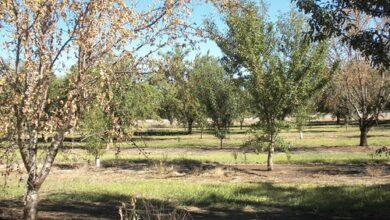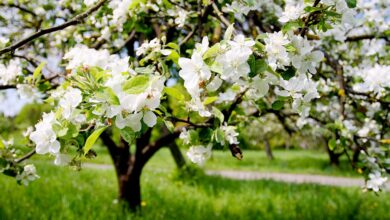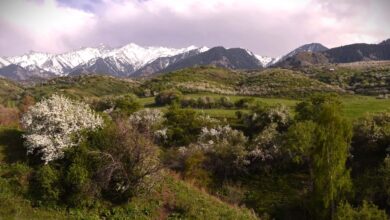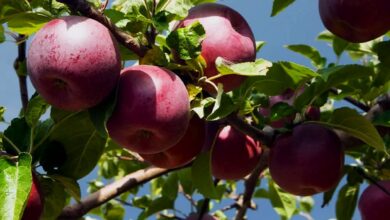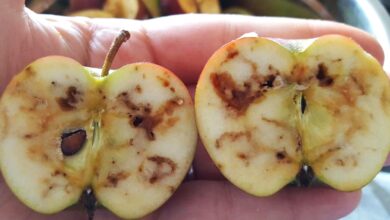How Do You Control Sooty Blotch and What İs Sooty Mold On Apple Trees?
What İs Sooty Stain and How İs It Treated?
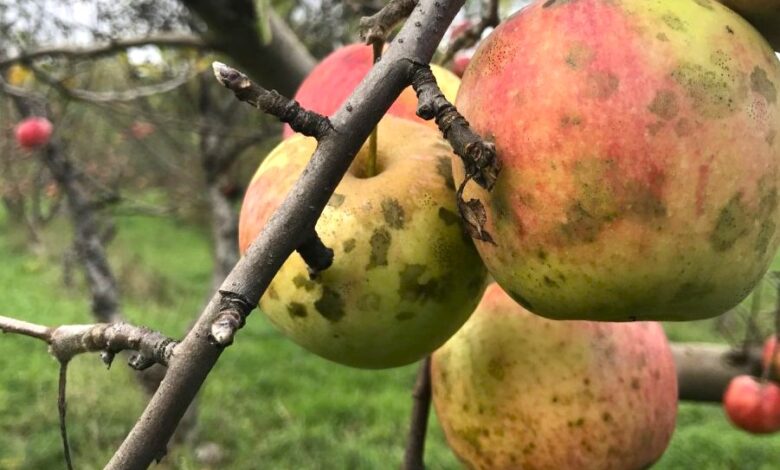
Apple cultivation is supposed to be easy, especially with the many new low-maintenance cultivars. You simply need to water, feed, and observe the tree’s growth; there are no tricks involved in growing apples. Some years, though, it seems like nothing works. What if, for no apparent reason, your entire crop turns black? Find out by reading on. What is sooty stain and how is it treated?
What İs The Sooty Blotch On Apples?
During the cooler months, apple trees with inadequate air circulation or high humidity are susceptible to sooty blotch fungus. The dark, smutty discoloration that gives the impression that apples are irreparably damaged is caused by the fungus Gloeodes pomigena. Luckily for growers, sooty blotch on apples is a surface disease. While it may make it hard to sell your apples at the market, a thorough wash or peel will get rid of the fungus if you’re eating them at home or canning them for later.
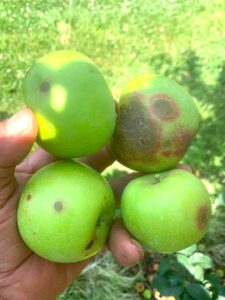
Temperatures between 65 and 80 degrees Fahrenheit (18 and 26 degrees Celsius) and relative humidity levels of at least 90% are necessary for the sooty blotch fungus to germinate. In an orchard, an infection usually takes 20 to 60 days, but under perfect circumstances, it can happen in as little as five days. This disease is commonly treated with chemical sprays, but with careful environmental changes, flyspeck and sooty blotch, two fungal diseases that frequently coexist, can be managed in the home orchard.
What İs The Best Treatment For Sooty Blotch?
The only thing you can do once your apples are covered in sooty, black fungal bodies is to thoroughly clean each one before using it. It’s much easier to prevent than you might imagine. Eliminating one of these variables can stop the disease in its tracks because sooty blotch develops when temperatures and humidity rise. You have control over the humidity in the canopy of your tree, but not over the weather. Get in there and prune that apple tree like crazy because underpruning is the main cause of sooty blotch on apples.

Usually, apple trees are trained to have an open center between two or three main trunks. Although it may seem counterintuitive, a fruit tree can only bear so many fruits, regardless of the number of branches. In addition to enhancing air circulation and avoiding humidity buildup, cutting off extra branches enables the remaining fruits to ripen. As soon as fruits start to swell, they should be thinned out to reduce sooty blotch. To prevent them from touching and to create microclimates that are conducive to the growth of sooty blotch, remove every other fruit.

